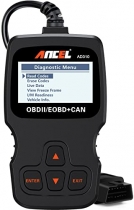-
Welcome to Tacoma World!
You are currently viewing as a guest! To get full-access, you need to register for a FREE account.
As a registered member, you’ll be able to:- Participate in all Tacoma discussion topics
- Communicate privately with other Tacoma owners from around the world
- Post your own photos in our Members Gallery
- Access all special features of the site
Independent suspension vs solid axle on military utility trucks
Discussion in 'General Automotive' started by beavis87, Oct 26, 2015.


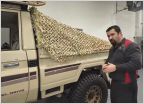 What’s this called?
What’s this called?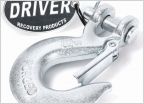 Recovery hook question
Recovery hook question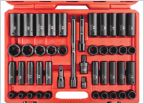 God I Hate Incomplete Tool Sets
God I Hate Incomplete Tool Sets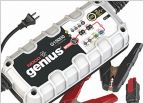 Battery charger recommendations
Battery charger recommendations Replacement Horn For 2019 Rav4
Replacement Horn For 2019 Rav4
























































